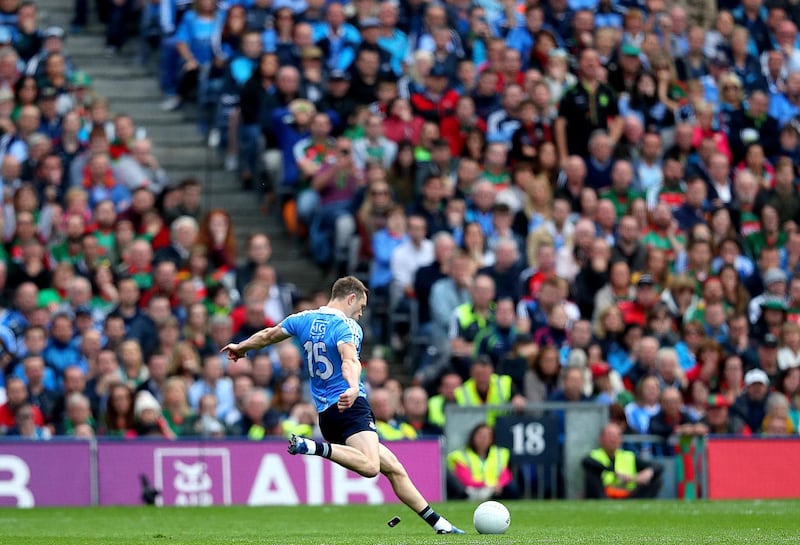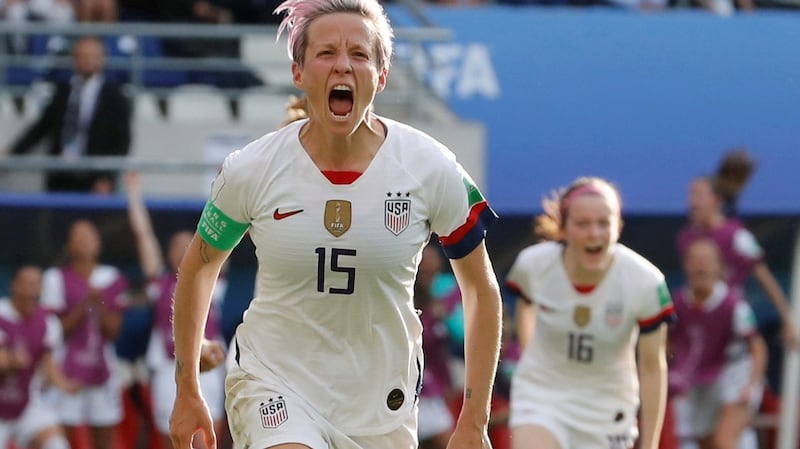After being castigated for its initial response to the George Floyd murder and the clarion calls for racial justice, baseball ticked all the right boxes as it started its truncated season last week.
The New York Yankees and the Washington Nationals’ players held a symbolic black cloth as they watched a video voiced by Morgan Freeman about the need for unity. The Boston Red Sox draped a 254-foot billboard carrying the Black Lives Matter slogan on the stretch of the Massachusetts Turnpike abutting Fenway Park and etched the BLM logo into the sand behind home plate. A significant gesture for a club with a notoriously racist element in their fanbase.
Fresh from signing a 12-year $365m contract that is the largest ever involving an African-American player, the Los Angeles Dodgers’ Mookie Betts knelt in protest during the national anthem before his debut against the San Francisco Giants. Then he offered a succinct explanation for going back on a previous promise never to take such action.
“Kneeling has nothing to do with those who served our country,” said Betts, whose father fought in Vietnam. “Kneeling is for the injustice.”
If the optics were good then, the statistics are not. Almost three quarters of a century since Jackie Robinson broke the colour barrier with the Dodgers (then domiciled in Brooklyn), just eight per cent of major leaguers today are African-American. That’s less than half as many as there were during the mid-1980s.
In St Louis, a city that is 45 per cent African-American, there are just two black players on the Cardinals’ 40-man roster this season. It’s the same all across the country. A precipitous decline, the reasons for it are manifold and complex.
The disappearance of green space in urban areas means it is increasingly difficult to access playing fields. Major League Baseball has consistently failed to promote its African-American stars like the NBA does, making the game seem uncool and not a sport most young black kids aspire to playing. And they are also turned off by the glacial pace of the action, a problem that crosses all racial lines in an era of shrinking child attention spans.
But, arguably the biggest factor behind their disappearance from the field is cost. An entire demographic have been priced out of youth baseball by ridiculously expensive equipment, the commercialisation of youth competition and, this is where Ireland needs to pay attention, the monetisation of coaching kids.
A 10-year old boy in a suburban little league might be swinging an aluminium bat that cost $300 and playing on a travel team for which his parents fork out at least $5,000 a year. If the boy evinces any promise at all, regular team training will be supplemented with individual lessons a couple of times per week to improve his pitching motion or his swing.
This will involve paying anything from $50 to $100 an hour depending on the tutor’s professional playing pedigree. Sums beyond most households and an obvious reason why the majority of black families never even consider baseball as a recreation option. Why would they when basketball is available, cheaper and mostly free?
There’s a lesson in all of this for denizens of the GAA. Whether you applaud Dean Rock’s recent initiative with his “free-taking project” or abhor him cashing-in on his expertise, you must realise that, if this catches on, the culture of the sport will change. Forever. Families with money will be able to buy their children regular access to the best coaches, purchasing an advantage. And others, perhaps less qualified than the Dublin footballer, are bound to follow Rock’s example and start offering inferior instruction at cheaper prices.

Indeed, the day when some enterprising hurler or footballer sees a vacant, sprawling commercial building and turns it into a “GAA Academy” offering private lessons is surely not far off.
Once a demographic is driven out of a sport, there’s no going back. There were 15 African-American players in baseball’s 1989 All-Star game. Last summer, there were just four. Why did the next generation not take up the bats and don the gloves to emulate their heroes?
Because the eighties and nineties spawned the privatization of baseball coaching, the professionalisation of youth leagues, and the gentrification of America’s national pastime. A street and sandlot game evolved into a country club sport requiring reserves of cash. Dads playing catch with sons before dinner gave way to an industry installing batting cages in the backyards of McMansions.
Baseball is not the only sport placed beyond the reach of vast swathes of American children due to excessive cost. Lacrosse is another where the entry fees are prohibitive for any family below the middle class and even soccer, the game of the barrios and favelas, is largely a white bread concern here.
Indeed, as Rock was being pilloried for his price points, I came across a flyer from last year offering kids in our town the chance to be coached by Megan Rapinoe.

Fresh from leading the American women’s team to a World Cup victory and spearheading a push for equal pay from US Soccer, it cost just $200 to be one of 150 children that got to spend two hours in a gym listening to Rapinoe’s words of wisdom. One of three such events she was doing that weekend in the New York area. There were no shortage of takers either. Paying for the privilege. The very definition of privilege in sport.













